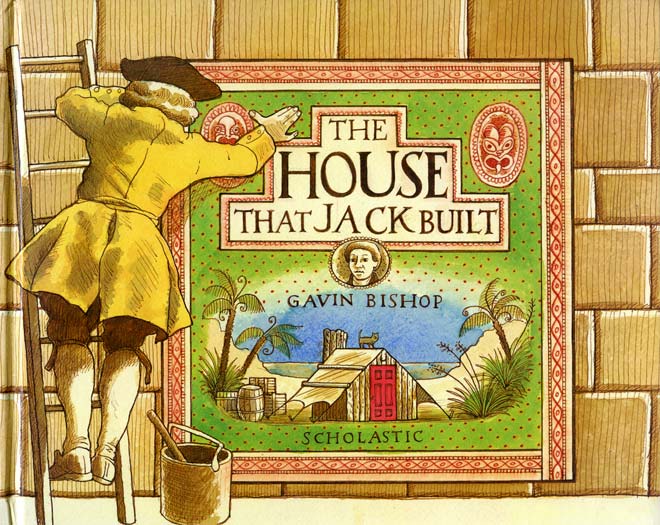This term we have been working on our personal story maps and adding information about the history of Aotearoa. We spent some time on The House That Jack Built by Gavin Bishop, exploring the changing relationship and balance of power between Māori and settlers.
This week we are looking at an important story in our history of Aotearoa - the Dawn Raids of the 1970s and the development of the Polynesian Panthers.
- We started with everyone writing down what they currently know about the dawn raids. We thought about the words and the connotations that they have.
- Then we read the article by Pauline Vaeluaga Smith, Rise Up: The Story of the Dawn Raids and the Polynesian Panthers and answered two questions as below:
- Who were the Polynesian Panthers? What did they do to fight for human rights for Pasifika people?
- What do the dawn raids tell us about scapegoating?
- Highlight all the pieces of legislation (laws) mentioned in the article. Then take this information and make a timeline, using your own words, of legislation passed by the New Zealand government which impacted Pasifika people's rights to live and work in New Zealand.
- How were Māori affected by the police actions towards people suspected of being in New Zealand illegally in the 1970s?
- What does this suggest about who the New Zealand government and police thought were true "New Zealanders"?

